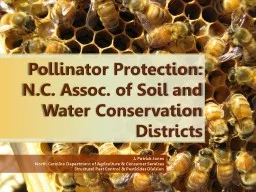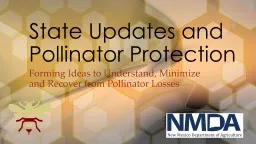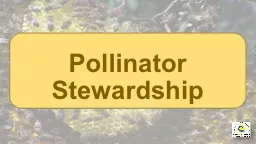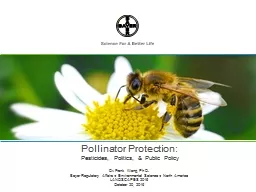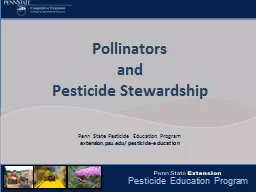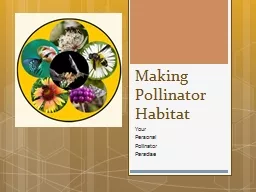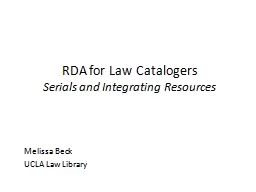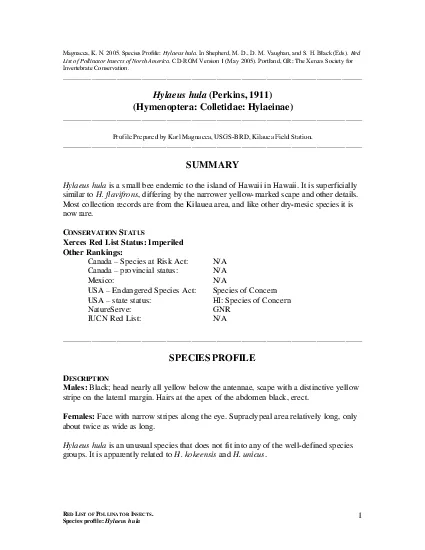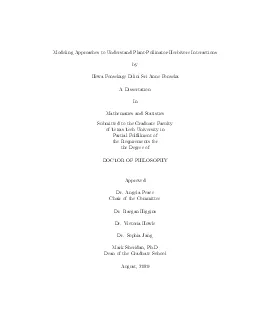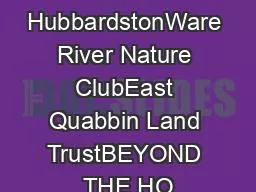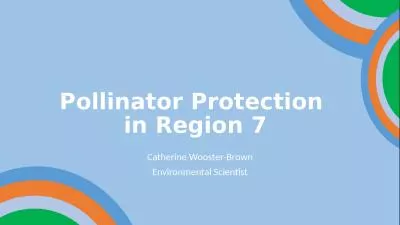PPT-Pollinator Protection: N.C. Assoc. of Soil and Water Conser
Author : olivia-moreira | Published Date : 2015-12-01
J Patrick Jones North Carolina Department of Agriculture amp Consumer Services Structural Pest Control amp Pesticides Division Honey Bee Apis Mellifera THE NEW
Presentation Embed Code
Download Presentation
Download Presentation The PPT/PDF document "Pollinator Protection: N.C. Assoc. of So..." is the property of its rightful owner. Permission is granted to download and print the materials on this website for personal, non-commercial use only, and to display it on your personal computer provided you do not modify the materials and that you retain all copyright notices contained in the materials. By downloading content from our website, you accept the terms of this agreement.
Pollinator Protection: N.C. Assoc. of Soil and Water Conser: Transcript
Download Rules Of Document
"Pollinator Protection: N.C. Assoc. of Soil and Water Conser"The content belongs to its owner. You may download and print it for personal use, without modification, and keep all copyright notices. By downloading, you agree to these terms.
Related Documents

